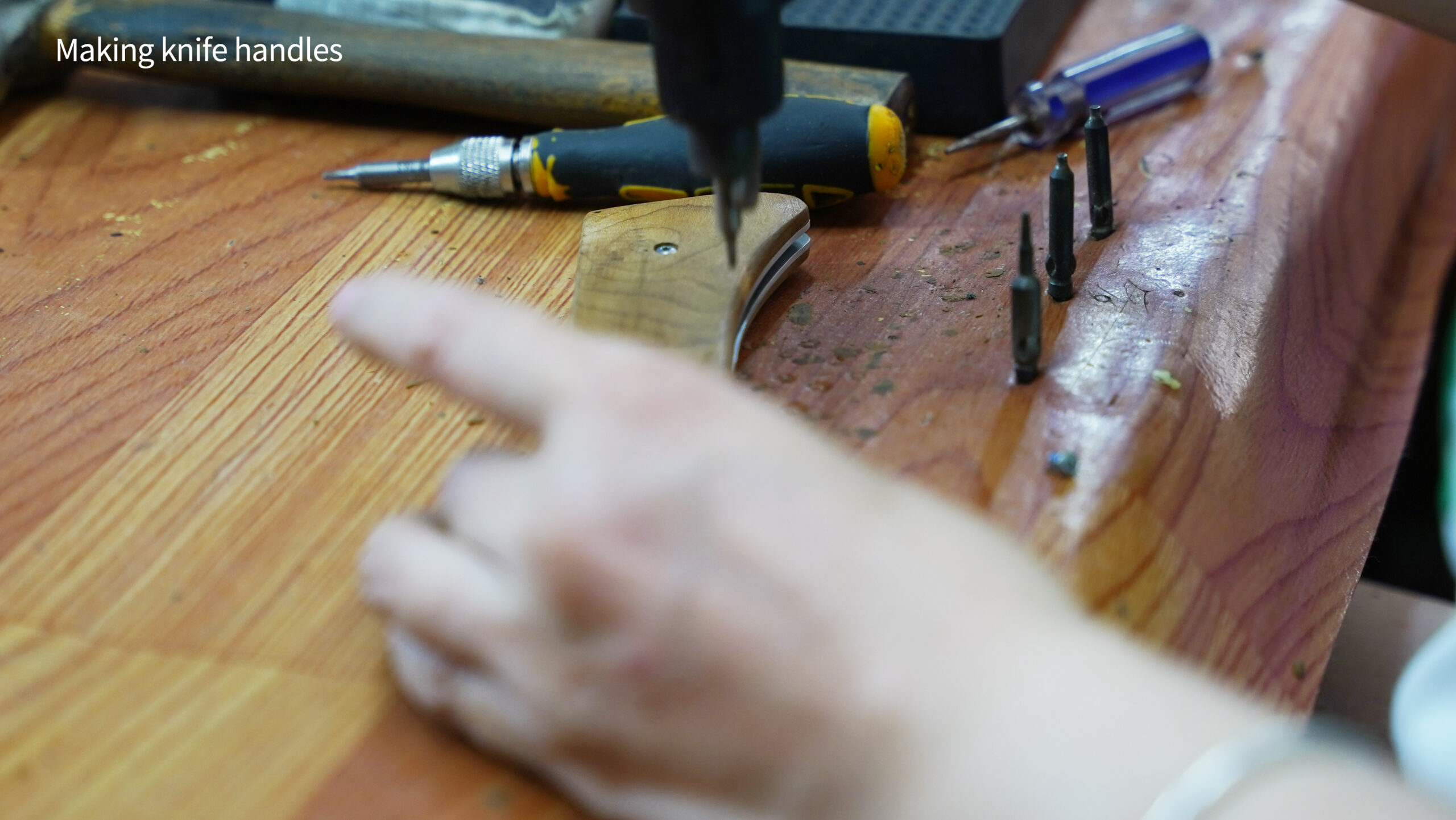Knife Craftsmanship: A Journey of Refinement from Selection to Finished Product
Knife craftsmanship is an age-old tradition that blends artistry with functionality, resulting in tools that are as beautiful as they are practical. From selecting raw materials to the final honing of the blade, the journey of knife-making is a meticulous process that transforms raw materials into finely crafted tools. This article explores the various stages of knife craftsmanship, highlighting the dedication and skill required at each step.
1. Selecting the Right Materials
The journey of crafting a knife begins with the selection of high-quality materials. For the blade, the choice of steel is paramount. Different types of steel, such as carbon steel, stainless steel, and high-carbon stainless steel, offer varying levels of hardness, Rétention des bords, and corrosion resistance. Carbon steel, for example, is known for its superior edge retention but requires regular maintenance to prevent rust. Stainless steel, on the other hand, offers better resistance to corrosion but may require more frequent sharpening.
Equally important is the choice of handle material. Handles can be made from a variety of materials including wood, synthetic composites, and metals. Each material offers different aesthetics and functional qualities. For instance, wood provides a classic look and a comfortable grip but may need periodic care. Synthetic materials, such as G-10 or Micarta, offer durability and ease of maintenance, making them popular choices for modern knives.
2. Forging and Shaping the Blade
Once the materials are selected, the next step is forging and shaping the blade. This process often starts with heating the steel to a high temperature to make it malleable. The steel is then hammered or pressed into the rough shape of the blade. Traditional blacksmithing techniques involve a hammer and anvil, while modern knife makers might use hydraulic presses.
The initial shape is further refined through grinding and machining. The blade’s edge is ground to create the desired bevel angle, which affects the knife’s cutting performance. Precision in this stage is crucial, as even slight deviations can affect the final product’s functionality. The blade is then heat-treated to harden the steel, a process that involves heating it to a specific temperature and then rapidly cooling it. This imparts the necessary hardness to the blade, allowing it to hold a sharp edge.
3. Creating the Handle
While the blade is being forged and heat-treated, attention shifts to the handle. The handle must be ergonomically designed to ensure comfort and control during use. If using wood, the handle is often shaped, sanded, and sealed to enhance its appearance and durability. Synthetic handles are molded or machined to the desired shape and then attached to the blade.
The handle material is typically attached to the blade using rivets, screws, or adhesives. The joinery must be robust to withstand the stresses of cutting and chopping. In some high-end knives, the handle and blade are seamlessly integrated, creating a sleek, balanced design.
4. Assembly and Finishing Touches
Once the blade and handle are prepared, they are assembled. This stage involves attaching the handle to the blade securely and ensuring that there are no gaps or movement. The knife is then subjected to final grinding and polishing to achieve a smooth, sharp edge and an aesthetically pleasing finish.
The finishing touches often include sharpening the blade to a razor’s edge. Professional knife makers use a series of progressively finer sharpening stones or abrasive belts to refine the edge. The final edge is critical for performance, affecting how well the knife slices through different materials.
5. Quality Control and Testing
Before a knife can be deemed ready for use, it undergoes rigorous quality control and testing. Each knife is inspected for defects, balanced for proper weight distribution, and tested for sharpness. This ensures that it meets the high standards expected of a well-crafted tool.
Conclusion
Knife craftsmanship is a complex journey that transforms raw materials into functional art. From selecting the finest steels and handle materials to the intricate processes of forging, shaping, and finishing, each step requires a high level of skill and attention to detail. The result is a beautifully crafted tool that is both practical and aesthetically pleasing, embodying the essence of craftsmanship and dedication. As knife makers continue to refine their techniques and materials, the tradition of knife-making remains a testament to human ingenuity and the pursuit of perfection.
 Yangjiang Anthony Knives Co., Ltd
Yangjiang Anthony Knives Co., Ltd